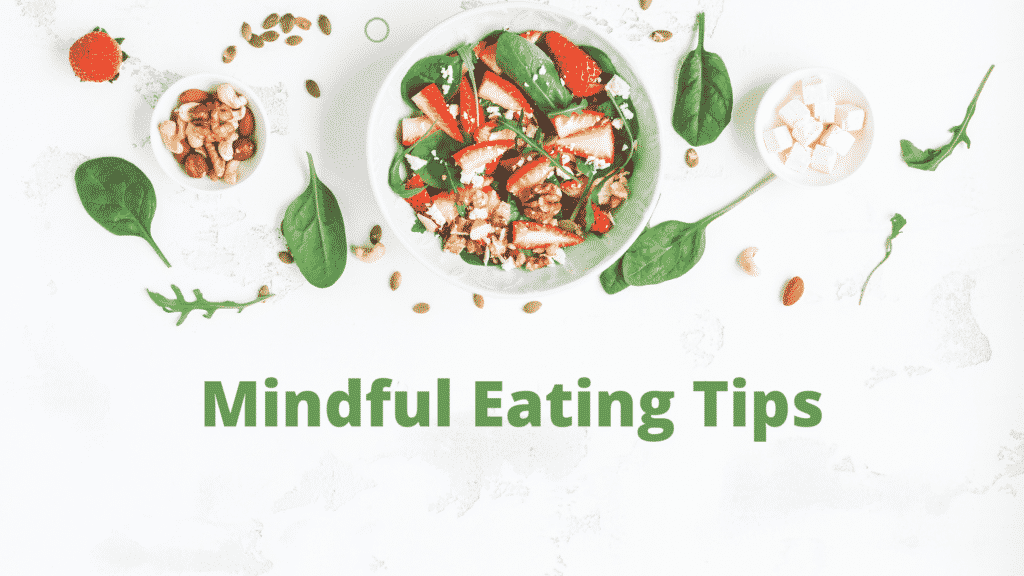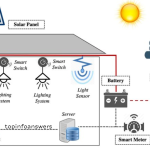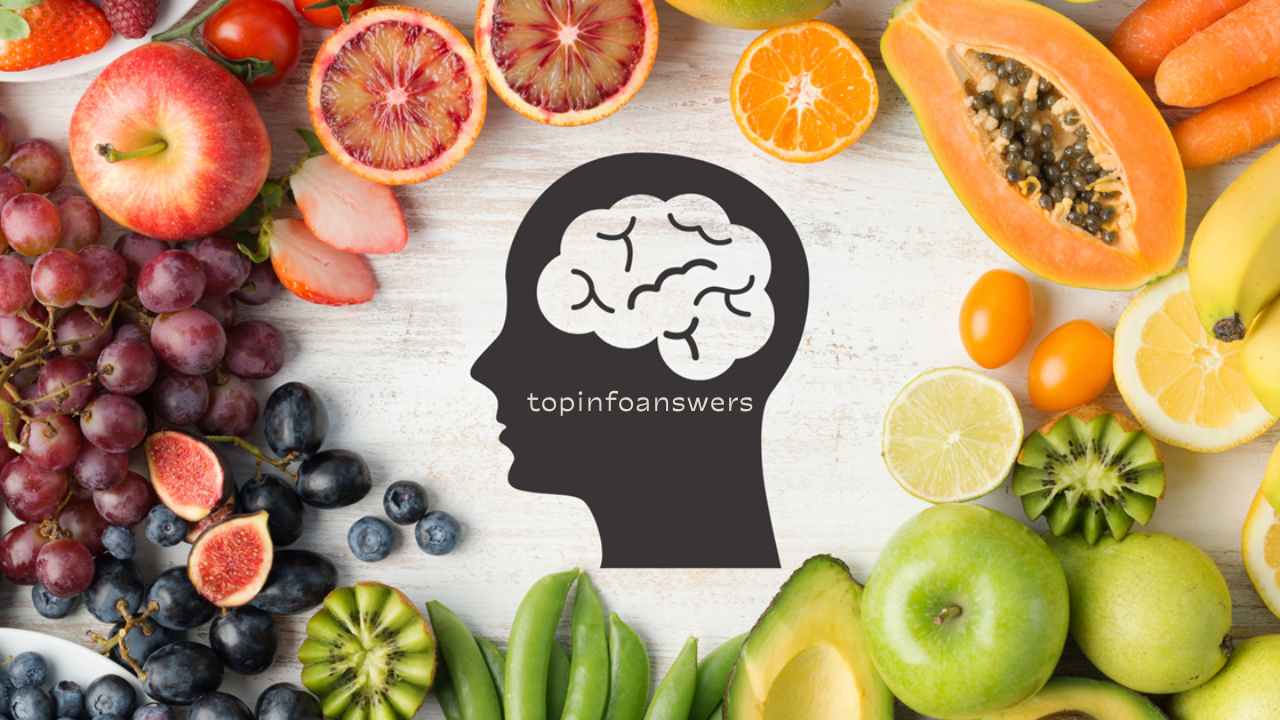In today’s fast-paced world, eating has become a mindless activity. We consume meals while watching television, scrolling through our phones, or working at our desks. This lack of awareness can lead to overeating, poor digestion, and an unhealthy relationship with food. Mindful eating is a practice that encourages individuals to be fully present while eating, allowing them to enjoy their food, recognize hunger and satiety cues, and develop a healthier approach to nutrition.
In this comprehensive guide, we will explore the principles of mindful eating, its benefits, and practical strategies to incorporate it into your daily routine.
What Is Mindful Eating?
Mindful eating is derived from the broader concept of mindfulness, which emphasizes being present in the moment. It involves paying attention to the experience of eating, including the taste, texture, and aroma of food, as well as recognizing physical hunger and fullness signals.

Unlike traditional dieting, which focuses on food restrictions and calorie counting, mindful eating promotes a balanced and intuitive approach to nutrition. It encourages individuals to listen to their bodies and develop a deeper connection with food.
Benefits of Mindful Eating
Practicing mindful eating offers several physical, emotional, and psychological benefits, including:
- Improved Digestion – Eating slowly and chewing thoroughly aids digestion and nutrient absorption.
- Weight Management – By recognizing hunger and satiety cues, individuals are less likely to overeat.
- Reduced Emotional Eating – Mindful eating helps individuals differentiate between emotional and physical hunger, reducing stress-related eating.
- Enhanced Enjoyment of Food – Being present allows for greater appreciation of flavors, textures, and aromas.
- Better Relationship with Food – It fosters a positive and non-restrictive approach to eating.
- Lower Risk of Chronic Diseases – Mindful eating can contribute to better blood sugar control, lower cholesterol levels, and improved heart health.
Steps to Incorporate Mindful Eating into Your Diet
1. Eat Without Distractions
One of the primary principles of mindful eating is eliminating distractions. Turn off the television, put away your phone, and focus solely on your meal. Creating a distraction-free environment allows you to fully engage with your food and recognize your body’s signals.
2. Pay Attention to Hunger and Fullness Cues
Before eating, assess your hunger level on a scale from 1 to 10 (1 being extremely hungry and 10 being completely full). Aim to eat when you are moderately hungry (around level 3 or 4) and stop when you feel comfortably satisfied (around level 7 or 8). Avoid eating out of boredom, stress, or habit.
3. Engage Your Senses
Take a moment to observe your food before taking the first bite. Notice the colors, textures, and aromas. As you eat, pay attention to how the food tastes and feels in your mouth. Engaging your senses enhances appreciation and enjoyment of the meal.
4. Chew Thoroughly
Chewing food thoroughly is essential for digestion and allows you to fully experience its taste and texture. Aim to chew each bite 20–30 times before swallowing. This practice also slows down your eating pace, preventing overeating.
5. Eat Slowly
Rushed eating often leads to overconsumption because the brain doesn’t have enough time to register satiety signals. Put your fork down between bites, take deep breaths, and savor each mouthful. Eating slowly gives your body time to signal when it is full.
6. Recognize Emotional Triggers
Many people eat in response to emotions rather than physical hunger. If you find yourself reaching for food when stressed, anxious, or bored, pause and ask yourself if you are truly hungry. Engage in alternative activities such as walking, journaling, or deep breathing to address emotional needs.

7. Serve Appropriate Portions
Mindful eating encourages portion awareness. Use smaller plates to avoid overeating and serve yourself only what you need. If you are still hungry after finishing your portion, wait a few minutes before deciding whether to eat more.
8. Appreciate Your Food’s Journey
Consider the effort that went into producing your meal—from the farmers and producers to the preparation process. This practice fosters gratitude and respect for food, reducing food waste and promoting conscious consumption.
9. Cook More Meals at Home
Preparing your own meals allows you to be more intentional with ingredients and portion sizes. Cooking also enhances the sensory experience of food, making meals more enjoyable and satisfying.
10. Listen to Your Body
Your body naturally knows what it needs. Pay attention to cravings and energy levels. Rather than labeling foods as “good” or “bad,” adopt a balanced approach where all foods can fit into a healthy diet in moderation.
11. Practice Mindful Eating in Social Settings
Social events often involve mindless eating. Be conscious of your choices, eat slowly, and engage in meaningful conversations. Enjoy the experience without feeling pressured to overeat.
12. Keep a Food Journal
Writing down what you eat, how you feel, and your hunger levels before and after meals can help you recognize patterns and triggers. A food journal is a valuable tool for developing greater awareness and accountability.
13. Avoid Guilt Around Food
Mindful eating promotes self-compassion. If you overeat or indulge, acknowledge it without guilt and move forward. The goal is to create a healthy and sustainable relationship with food, not perfection.
14. Stay Hydrated
Sometimes, we mistake thirst for hunger. Drinking water before meals can help prevent overeating and improve digestion. Herbal teas and infused water are great alternatives to sugary beverages.
15. Incorporate Mindful Breathing
Before eating, take a few deep breaths to center yourself. This practice helps you transition into a relaxed state, making the eating experience more intentional and enjoyable.
16. Experiment with Different Foods
Explore a variety of foods, flavors, and cuisines. Trying new ingredients enhances appreciation for food and prevents monotony in your diet.
17. Set a Positive Eating Environment
Create a pleasant eating space by setting the table nicely and using appealing dishware. A comfortable and inviting environment enhances the overall experience of mindful eating.

18. Eat With Gratitude
Before starting your meal, take a moment to express gratitude for your food. This simple practice shifts your mindset and enhances appreciation for the nourishment your meal provides.
19. Be Patient with Yourself
Mindful eating is a journey, not a quick fix. It takes time to break old habits and develop new ones. Be kind to yourself and celebrate small progress along the way.
20. Practice Mindfulness Beyond Meals
Extend mindfulness to other areas of life, such as movement, self-care, and stress management. A holistic approach enhances overall well-being and reinforces mindful eating habits.
Incorporating mindful eating into your diet is a transformative practice that fosters a deeper connection with food, improves digestion, and promotes overall well-being. By eliminating distractions, eating slowly, listening to your body, and appreciating your meals, you can develop a healthier relationship with food and make more intentional choices.
Start small by implementing a few mindful eating techniques and gradually build upon them. Over time, these habits will become second nature, allowing you to experience the full benefits of mindful eating and enjoy a more balanced, fulfilling approach to nutrition.










